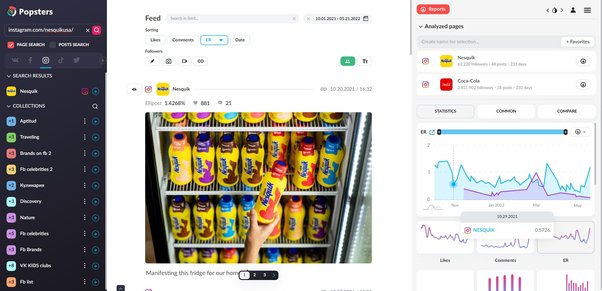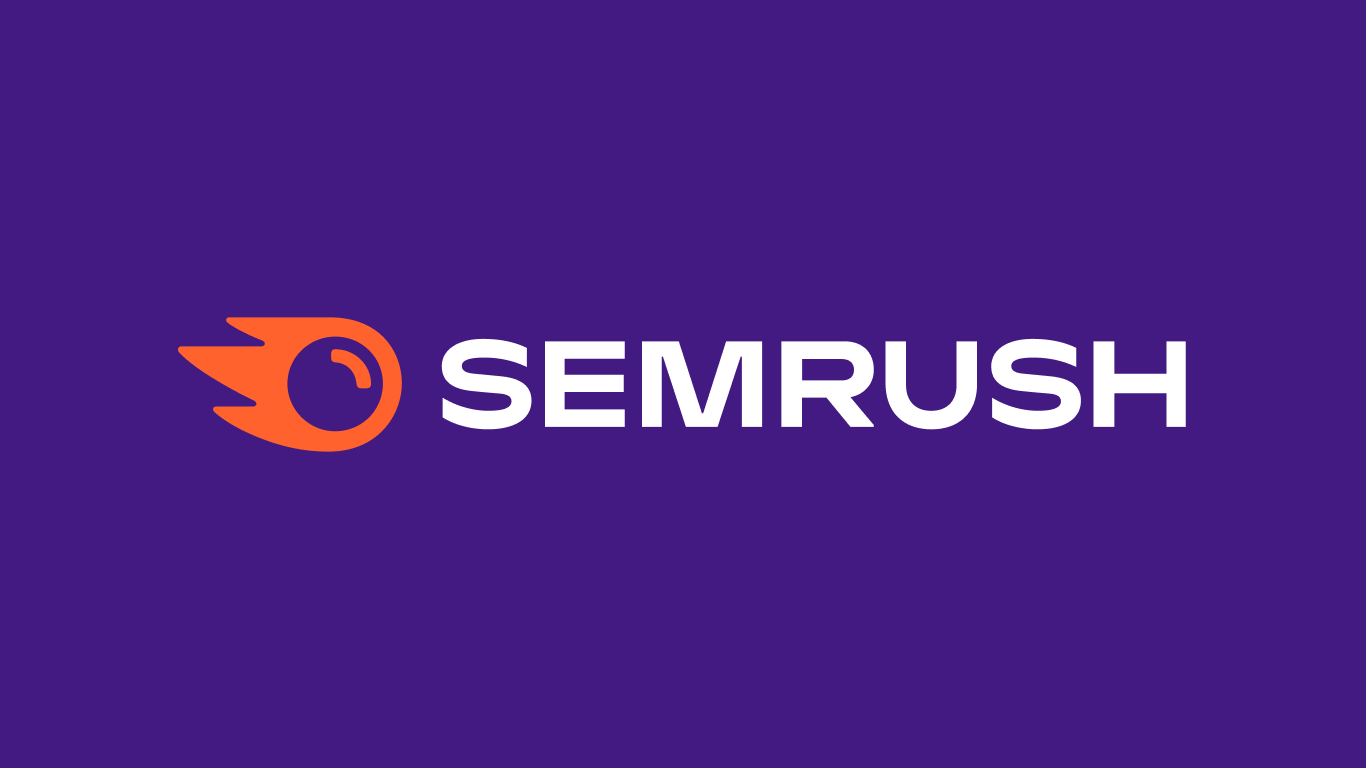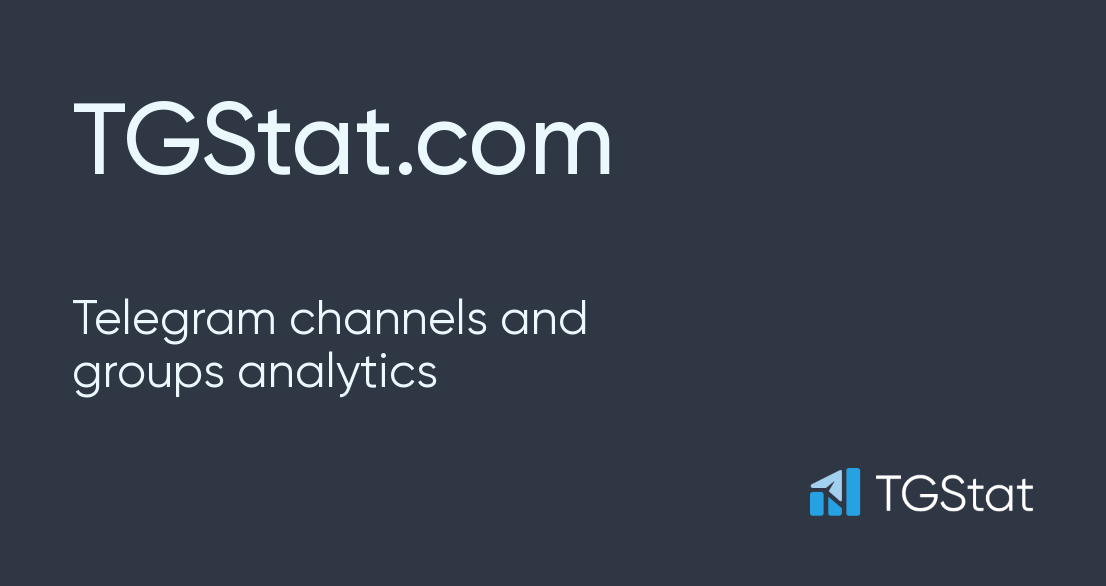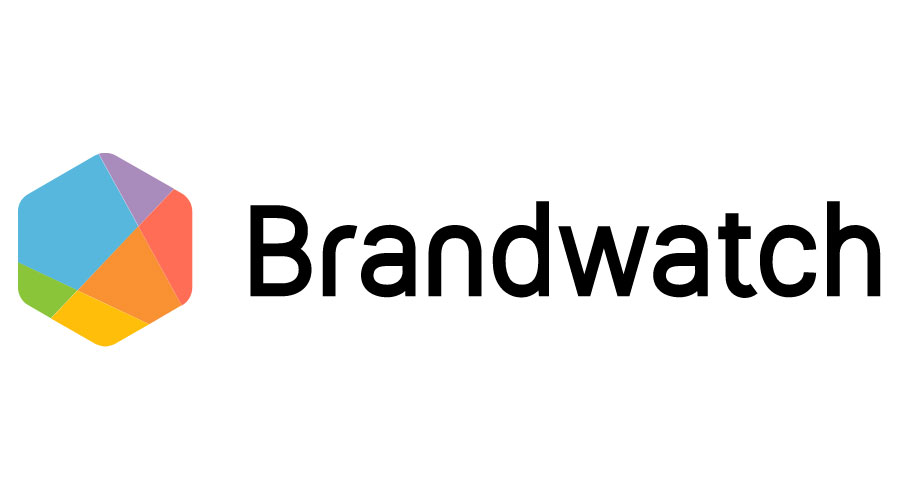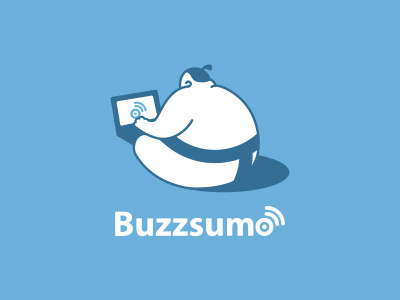Social Media Competitor Analysis Tools: Top Free and Paid

Competitor analysis in social media becomes an essential tool for evaluating the effectiveness of your strategy and identifying possible ways to improve. In this article, we will provide you with a comprehensive overview of methods and tools that will help you better understand your competitors, highlight their strengths and weaknesses, and develop a strategy that contributes to successful social media management.
Social media competitor analysis tools will not only help you monitor your competitors' actions but also discover new opportunities for growth and development of your own brand or business.
Identifying target competitors on Social media
Before starting the analysis of competitors in social media, it is important to determine who your target competitors are. Target competitors are the organizations or brands that operate in your niche, offer similar products or services, and compete for the attention of your audience. To do this step, follow these actions:
-
Identification of competitors: Create a list of organizations and brands operating in your niche. These can be both large corporations and small startups.
-
Assessing similarity: Determine how closely the activities of each competitor align with your own. Pay attention to audience segmentation, types of products or services, geographical distribution, and other aspects.
-
Selecting target competitors: Choose from the list those competitors that are most closely related to your activities and are of the greatest interest for analysis.
Collecting Data about Competitors
After identifying target competitors, it is necessary to gather data that will be used for analysis and comparison. That’s where social media competitor analysis tools come useful. Collecting data about competitors may include the following steps:
-
Social media platforms: Determine which social platforms your target competitors are present on. These could be VK, TikTok, Twitter, LinkedIn, and others.
-
Competitors' profiles: Review the profiles of your competitors on selected platforms and study their content. Pay attention to the types of posts, update frequency, audience engagement (likes, comments, shares), and communication style.
-
Content analysis: Analyze the content created by your competitors, including examining themes, post structure (photos, videos, text), audience acquisition sources, and distribution strategy.
-
Audience: Try to identify who makes up the audience of your competitors. This includes demographic data, interests, and behavioral characteristics of the audience.
-
Metrics and analytics: If available, study the metrics and analytics of your competitors. This may include data on subscriber growth, engagement, traffic, and conversions.
The collected data will serve as the basis for a more in-depth analysis of competitors and the development of an SMM strategy.
Evaluating competitors' activity
Analyzing competitors' activity on social media helps you better understand how they interact with the audience and which strategies are most successful. The analysis can include:
Analysis of the number of subscribers/likes/comments
- Evaluate the total number of subscribers your competitors have and their growth dynamics. This will help you understand how successfully they are attracting a new audience.
- Examine the number of likes and comments on their posts. This can provide an idea of the level of engagement and interest the audience has in your competitors' content.
- Compare these metrics with your own performance indicators to understand how you stack up against your competitors.
Content research and popularity
- Analyze the types of content your competitors create. Determine which content formats (photos, videos, articles, etc.) are most popular with their audience.
- Study which themes and topics are most successful in capturing attention and engaging the audience. This can help you decide which topics to include in your content and which ones to avoid.
Assessment of posting frequency and timing
- Analyze how often your competitors post content on social media. Find out how frequently they update their content and how it impacts audience engagement.
- Examine the activity of your competitors at different times of the day and on different days of the week. This can help you determine the optimal times for your own posts.
Comparison of hashtags and keywords
- Analyze the hashtags and keywords used in your competitors' posts. This will help you understand which topics and trends are relevant in your niche.
- Compare the hashtags and keywords used by your competitors with your own. This can help you determine which keywords to include in your content to improve its visibility.
Identification of competitors' strengths and weaknesses
Analyzing the strengths and weaknesses of competitors is an important stage in developing your own strategy on social media. This stage includes the following steps:
Identification of competitors' advantages
- Identify the key advantages possessed by your competitors. These advantages may include factors such as a highly engaged audience, high-quality content, broad reach, innovative solutions, or a strong brand.
- Analyze competitor's social media for strategies and tactics that lead to the achievement of these advantages. Determine which of them can be adapted for your own strategy.
Identification of shortcomings and weaknesses of competitors
- Analyze the shortcomings and weaknesses of your competitors. These may include low audience engagement, poor-quality content, ineffective communication strategies, or weak design.
- Study the mistakes made by competitors and the aspects of their strategy that can be improved. This will help you avoid similar mistakes and strengthen your position compared to competitors to stand out.
Practical application of analysis results
After a thorough analysis of competitors on social media, it is essential to move on to the practical application of the obtained data.
Using data to optimize your social media strategy
- Based on data regarding the activity and strategy of competitors, optimize your own social media strategy. Make adjustments to your content, posting schedule, and audience engagement.
- Utilize successful tactics and ideas identified from competitors to enhance your own content and increase audience engagement.
- Consider changes in the popularity of keywords and incorporate them into your search and promotion strategy.
Creating an action plan based on identified competitors' strengths and weaknesses
- Based on the identified advantages of competitors, determine which aspects of their strategy can be adapted for your company. Formulate specific goals and actions to achieve similar results.
- Focus on improving areas where your competitors have shown weaknesses. This may include improving content quality, enhancing communication with the audience, or changing the posting strategy.
- Develop a clear action plan with specific steps, timelines, and responsible individuals. This will help you systematically implement improvements and track their impact on results.
The practical application of competitor analysis results is a crucial step in improving your social media strategy and enhancing the competitiveness of your brand or business.
Top Tools for Competitor Analysis on Social Media
Popsters
Popsters is a powerful social media competitor analysis tool for analyzing any page, offering a wide range of features for studying your competitors' strategies and activities. Here are some of the service's functions:
- Competitor data collection: Popsters allows you to search for or input the URL addresses of competitor profiles, simplifying the process of gathering data about their social media activities. The service enables you to view statistics for any profile on the most popular social media platforms.
- Analysis of followers/likes/comments: In Popsters, you can review statistics on the number of followers, likes, comments, engagement rate (ER), and many other important metrics for competitor profiles.
- Content analysis and popularity: Popsters enables you to analyze the types of content used by competitors and identify which ones are most popular among their audience. You can sort posts and see which ones receive the most engagement.
- Assessment of posting frequency and timing: The service provides information about the posting schedule of competitors and their activity at different hours and days of the week. This allows you to determine the optimal times for your own posts.
- Comparison of hashtags and keywords: Popsters allows you to analyze the use of hashtags and keywords by competitors in their posts. This helps you understand which topics and trends are relevant in your niche.
Socialbakers
Socialbakers offers analytical tools for monitoring and analyzing competitors' activities across various social media platforms. It also provides reports on advertising campaigns and audience engagement.
SEMrush
SEMrush is a comprehensive tool for keyword research, competitor analysis, and tracking metrics in social media. It allows you to compare your brand's performance with competitors and identify areas for improvement.
TGstat
TGstat is an online service designed for analyzing and monitoring activity and statistics in Telegram channels. TGstat provides numerous useful tools for analyzing and optimizing activity in Telegram.
Brandwatch
Brandwatch is a social media monitoring and data analysis tool. It helps identify trends and sentiments on the internet and allows you to track competitor activity.
Buzzsumo
Buzzsumo analyzes the popularity of brands in the media and helps you discover the most sought-after topics and articles. You can also use it to monitor competitor activity and assess their influence and popularity.
Useful articles on a similar topic:
- Social media engagement rate: types and tricks for calculating;
- How to analyze and create an target audience profile in few steps;
- Easy ways to see Instagram insights for other accounts.
Try Popsters Trial plan to get content activity statistics of any pages for a next 7 days for free
Try for free




